11 Types Of Birch Trees: Choosing A Birch Variety For Your Backyard
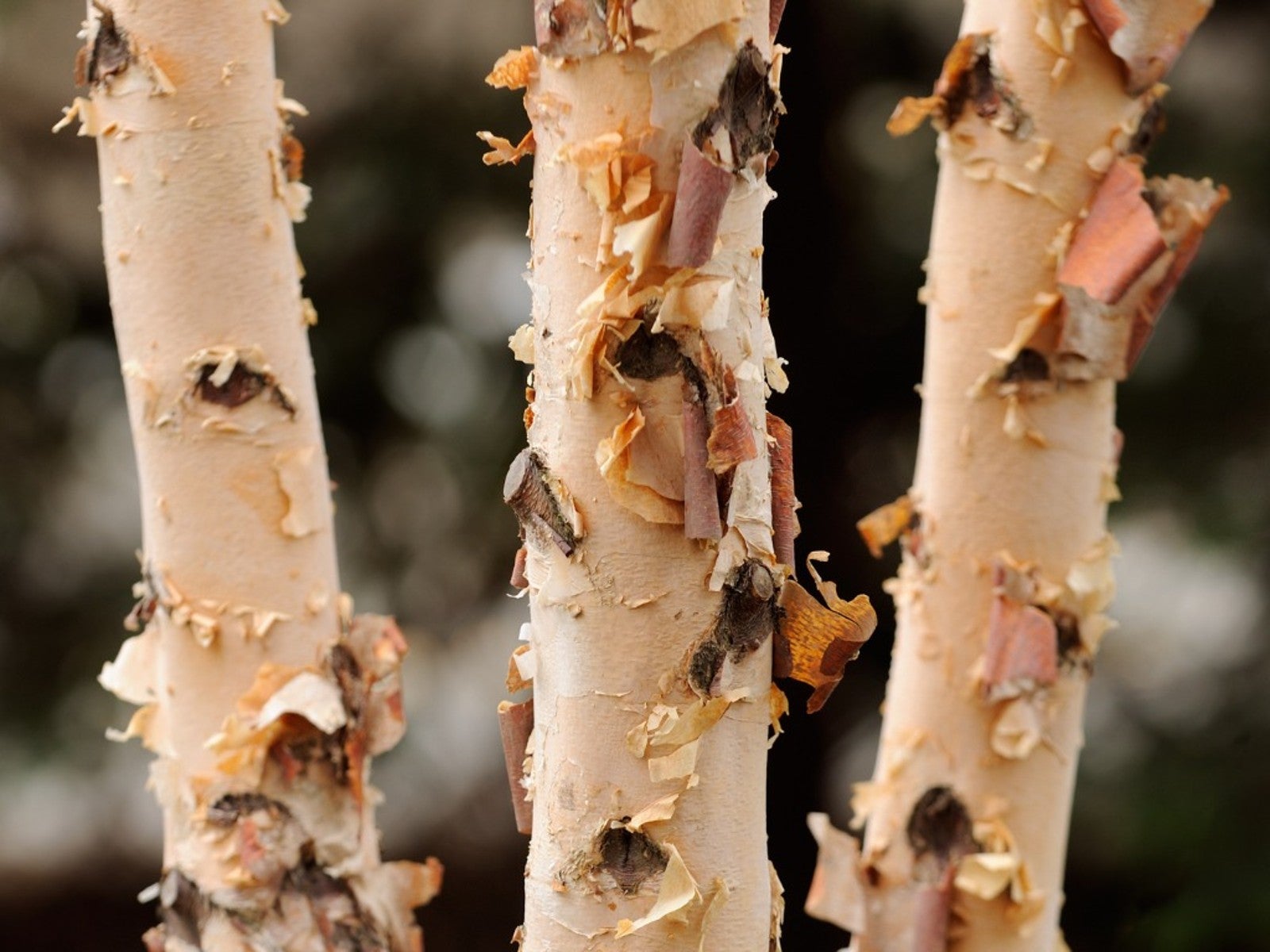

Slender and graceful, birch trees make lovely additions to a backyard or garden. Many have pale bark and heart-shaped leaves that turn a brilliant yellow in the autumn. There are many species of birch, all belonging to the genus Betula. Each has its own characteristics, but most grow best in moist, sandy to rocky, well-drained, slightly acidic soils. Birches prefer full sun to part shade in mild to cool climates, and can become stressed by summer heat and humidity. They are best planted north of USDA zone 7.
What Are the Different Types of Birch Trees?
If you think of birch trees as having papery white bark and green leaves, you aren’t wrong. Many varieties of birch trees share these features. But did you know that there are dozens of varieties of birch, even without counting birch tree cultivars, and that some have a very different appearance?
1. European birch (Betula pendula)
USDA hardiness zones 2 to 7.
Native to Europe as well as Asia, the European birch is a single trunked tree with gracefully drooping foliage. Its distinctive white bark exfoliates into papery strips. Also called the European white birch, weeping birch, or silver birch, this tree is no longer used extensively in landscapes because of its high susceptibility to the bronze birch borer. Some cultivars grow to 80 feet (24 m) tall.
2. Paper birch (Betula papyrifera)
USDA hardiness zones 2 to 7.
Some claim that paper birch is the most attractive birch variety, with its lonely white bark and fall color. Native to the northern sections of the United States and Canada, the paper birch grows either as a single trunked tree or as a shrub with multiple trunks. It gets its common name from its thin white bark that peels in paper-like layers from the trunk. This is the classic birch tree and has been used in the past to make birch-bark canoes. The buds, catkins, and leaves of this tree provide food for birds and other wildlife. It is somewhat resistant to the bronze birch borer.
3. River birch (Betula nigra)
USDA hardiness zones 5 to 9.
Gardening tips, videos, info and more delivered right to your inbox!
Sign up for the Gardening Know How newsletter today and receive a free copy of our e-book "How to Grow Delicious Tomatoes".
Also called red birch, black birch, or water birch, the river birch tree is a fast growing, heat tolerant native that is being used more and more in the home landscape. Whether you choose to grow river birch as a single trunked tree or a multi-trunk clumping tree, you will appreciate its bark, pink or mahogany, that curls and exfoliates to reveal lighter, inner bark. The dark green leaves turn a lovely butter yellow before falling. This river birch has good resistance to the bronze birch borer.
4. Black birch (Betula lenta)
USDA hardiness zones 3 to 8.
Also known as cherry birch and sweet birch, this is not a small tree. It can rise to 70 feet (21 m) and grows from a single trunk. It is an attractive backyard tree despite its size, with shiny, mahogany bark that develops vertical cracks forming scaly plates. The tree flowers in late spring, then produces catkins in late summer that provide food for deer, moose, small mammals, and birds. This tree is resistant to the bronze birch borer, which can devastate other species of birch. Regionally, the sweet birch is known as black birch, cherry birch, mahogany birch, Virginia roundleaf birch, or spice birch.
5. Gray birch (Betula populifolia)
USDA hardiness zones 3 to 8.
While it resembles the paper birch, you can usually spot the gray birch by its tendency to grow multiple trunks. Its bark is whitish-gray and, also unlike the paper birch, does not peel. While it will grow in dry and sandy spots, it prefers moist soil and will perform much better in wetter conditions.
6. Yellow or golden birch (Betula alleghaniensis)
USDA hardiness zones 3 to 7.
This native North American birch gets its common name from the color of its bark. This single stemmed tree can live for 150 years and even attains 300 years in old-growth forests. The yellowish bronze bark peels in narrow horizontal strips, giving the tree its common names, including gold birch and hard birch. An important species to the North American lumber industry, yellow birch can grow to 90 feet (27 m) tall, making it one of the largest birches in North America. It is an important woodland food source for birds and wildlife.
7. Japanese White Birch (Betula platyphylla "Japonica")
USDA hardiness zones 3 to 8.
Rising to 50 feet (15 m) in its native countries, including Korea and Japan, this birch has white bark and thin spreading branches that dip at the ends. This is a birch that loves a full sun location in a cooler climate, but it generally does well anywhere that it gets consistently moist soil. Warmer zones increase the tree’s susceptibility to birch borer insects.
8. Water birch (Betula occidentalis or Betula fontinalis)
USDA hardiness zones 3 to 7.
It should surprise no one to learn that water birch typically is found along streams and waterways in the United States and Canada. This attractive birch is among the small birch varieties, as it only grows to 25 feet (8 m) in dense thickets in mountainous regions in western North America, or to 40 feet (12 m) as a standalone tree. Don’t look for the classic white birch bark. The attractive bark is dark mahogany and smooth, not peeling. Beavers use this tree for food and lodge material. Other common names include western birch, red birch, river birch, black birch, and western red birch.
9. Dwarf Birch (Betula nana)
USDA hardiness zones 1 to 8
Take the word “dwarf” seriously in this common name. Betula nana is a small dwarf shrub, native to cool regions, that generally maxes out at 3 feet (1 m) tall, but sometimes stays as short as 6 inches (15 cm). This little birch is flexible about cultural conditions, but it prefers a wet, well-drained site in full sun. It provides critical cover vegetation in arctic landscapes in areas like Greenland, Iceland, and northern Europe, Asia, and Canada.
10. Himalayan Birch (Betula utilis var. jacquemontii)
USDA hardiness zones 4 to 7
There is so much to love about the white barked Himalayan birch, including the lovely bright white and papery bark, pretty spring flowers, and yellow fall color. This medium sized birch tree grows into a pyramid shape from its single trunk and does best in cooler climates. It is very vulnerable to bronze birch borer damage, especially in warmer zones. This tree is native to the West Himalayas and Nepal where it grows to 50 feet (15 m) in the wild.
11. Bog Birch (Betula pumila)
USDA hardiness zones 2 to 9
Bog birch doesn’t live long. This medium sized, clump-forming birch tops out at 10 feet (3 m) tall and is closer to a shrub than a tree. It thrives in wet sites and even tolerates occasional flooding, growing well around lakes or in boggy areas. Bog birch is also called swamp birch, glandular birch, dwarf birch, and resin birch.

Teo Spengler is a master gardener and a docent at the San Francisco Botanical Garden, where she hosts public tours. She has studied horticulture and written about nature, trees, plants, and gardening for more than two decades. Her extended family includes some 30 houseplants and hundreds of outdoor plants, including 250 trees, which are her main passion. Spengler currently splits her life between San Francisco and the French Basque Country, though she was raised in Alaska, giving her experience of gardening in a range of climates.
-
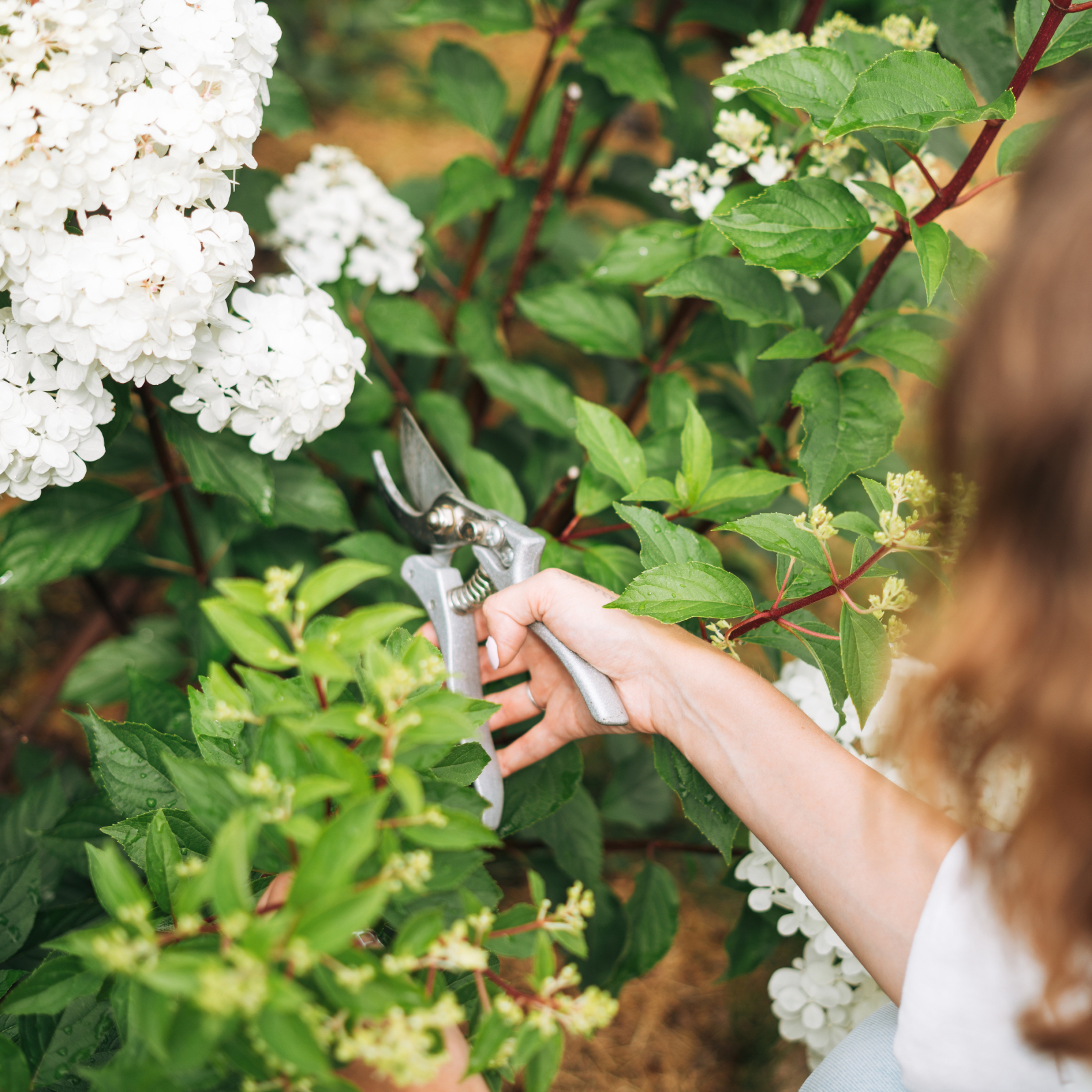 Pruning Limelight Hydrangea Bushes For Bigger Blooms & Stronger Plants
Pruning Limelight Hydrangea Bushes For Bigger Blooms & Stronger PlantsPruning 'Limelight' hydrangea will benefit the shrub. Flowers will be more bountiful the next year and branches will be stronger. Learn how and when to prune.
-
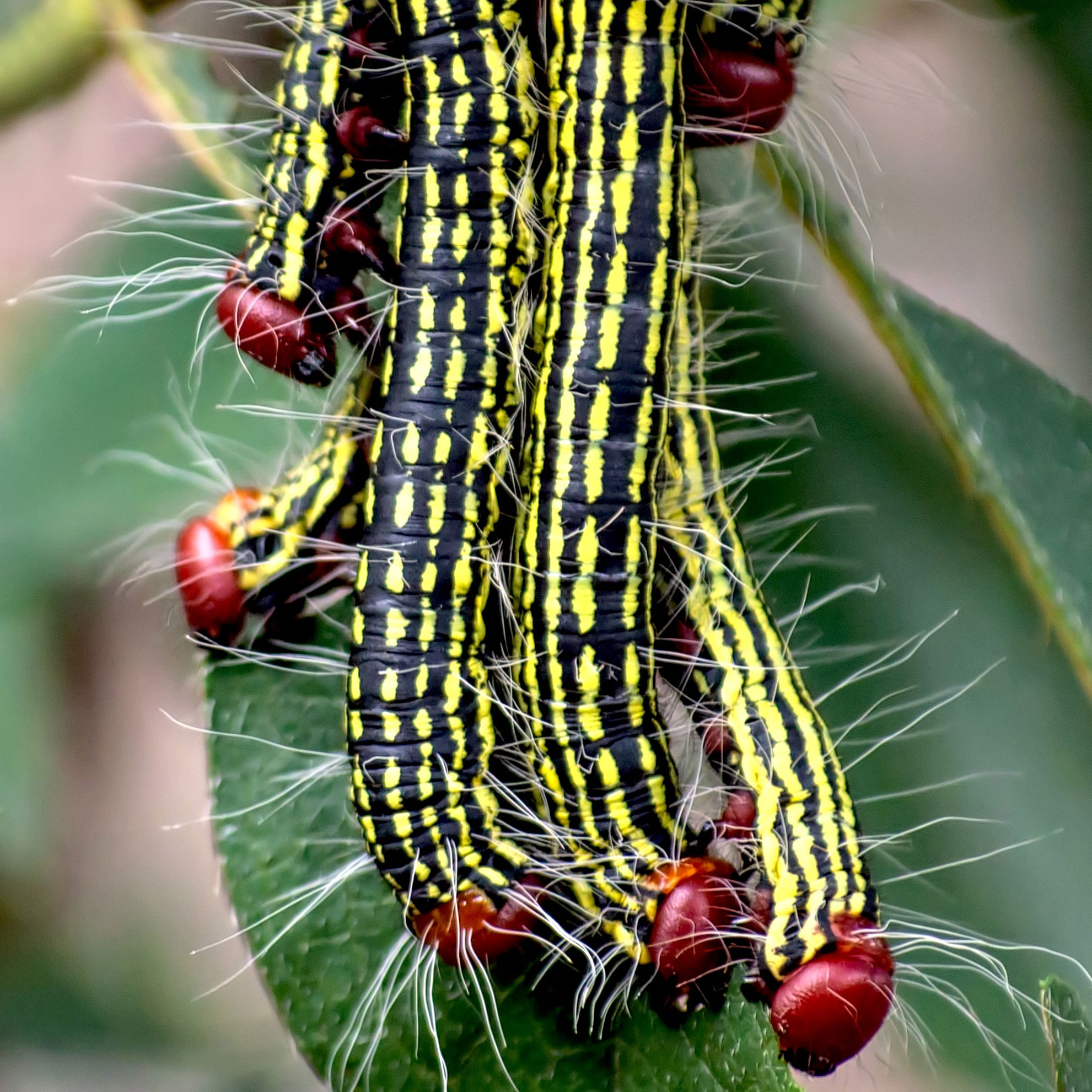 What’s Wrong With Your Azaleas? Identify, Tackle And Prevent 6 Common Azalea Pests
What’s Wrong With Your Azaleas? Identify, Tackle And Prevent 6 Common Azalea PestsIf you’ve spotted signs of azalea leaf damage, don’t panic – here’s how to identify the most common azalea pests so you can take action swiftly and keep plants healthy
-
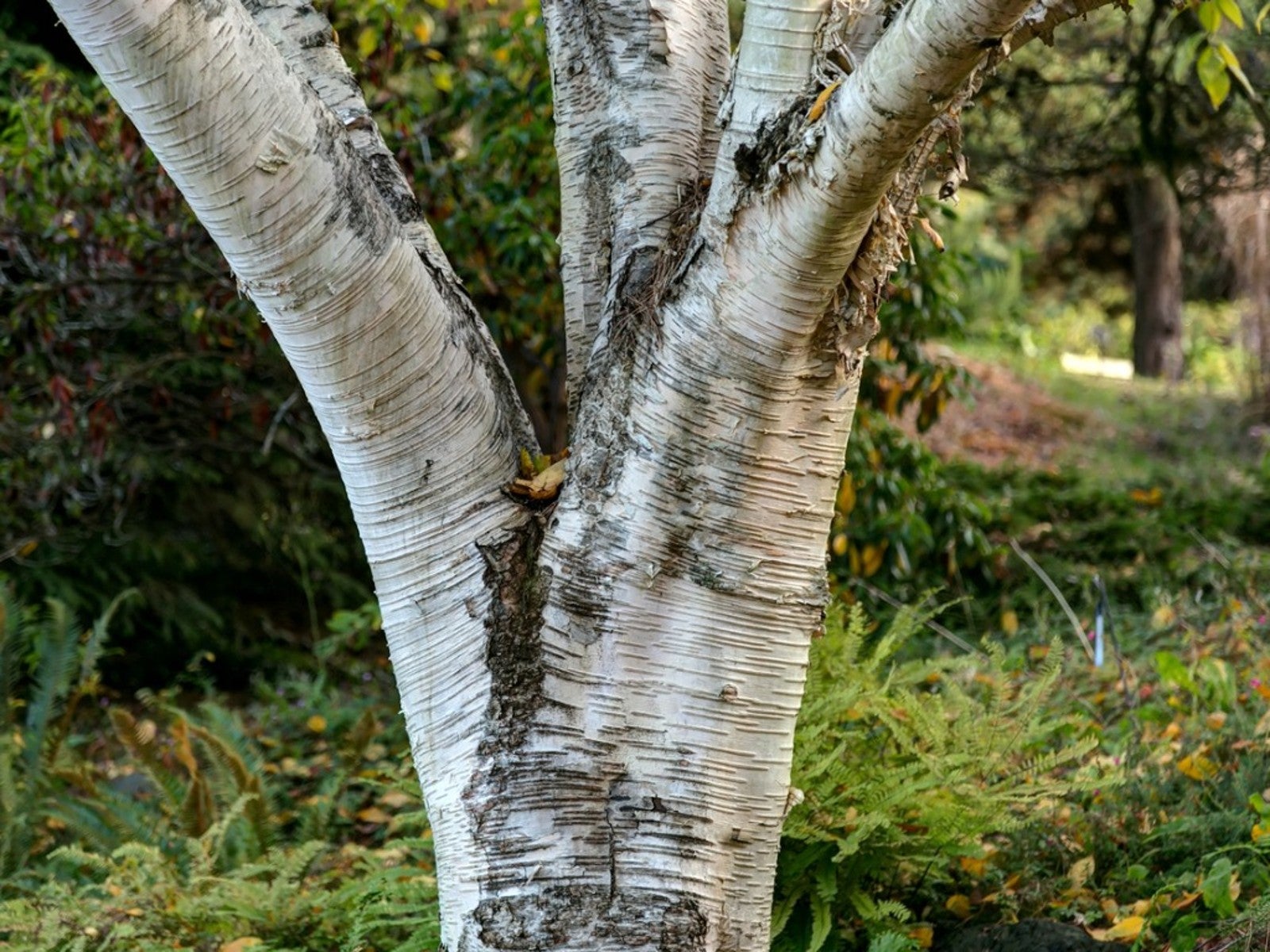 How To Grow A Himalayan Birch Tree
How To Grow A Himalayan Birch TreeBeautiful white barked Himalayan birch trees need a cool northern climate and prefer a winter blanket of snow. Learn more about them.
-
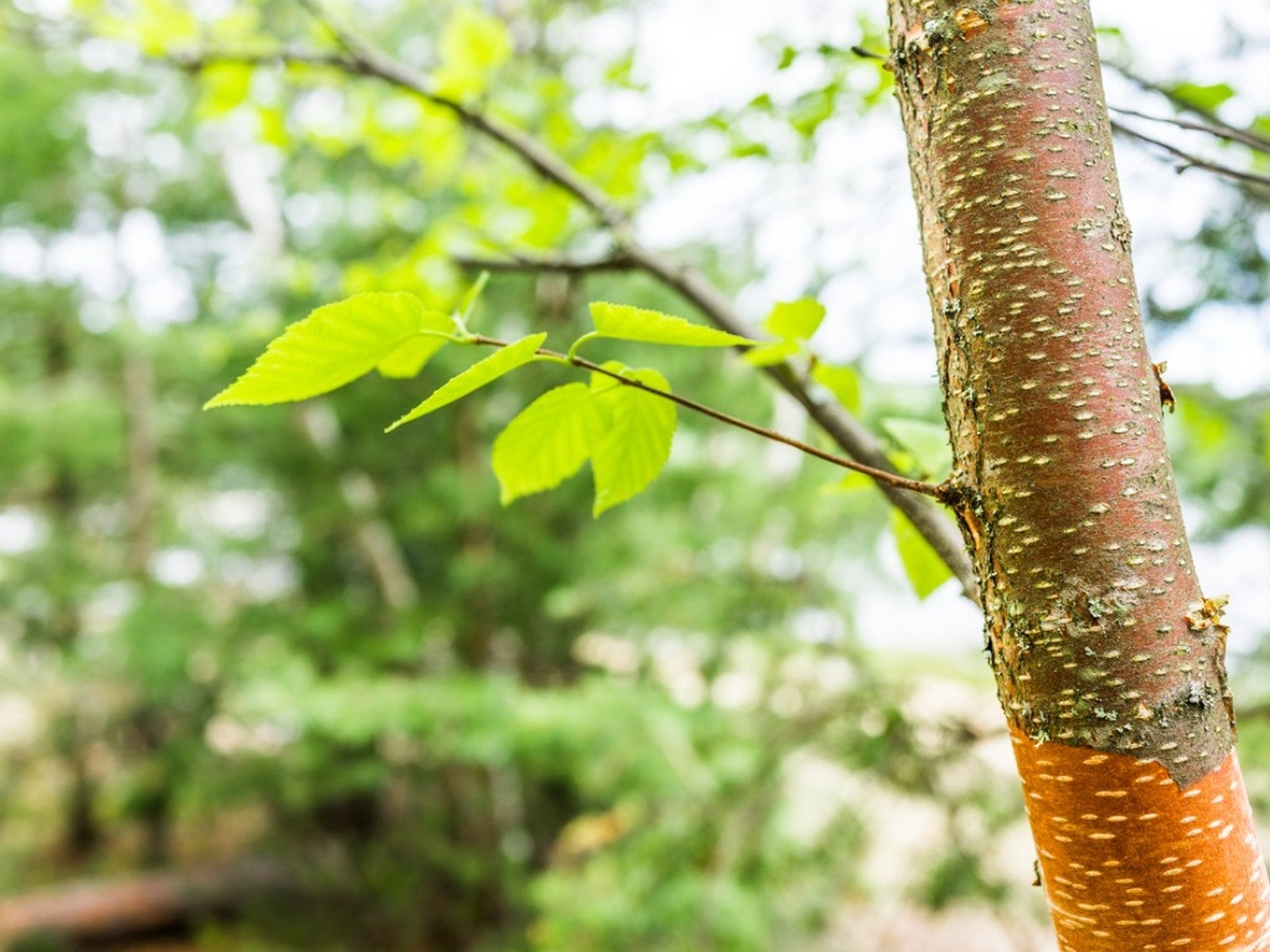 Water Birch Tree Care And Characteristics
Water Birch Tree Care And CharacteristicsEven if you aren’t familiar with water birch, you may guess that it tolerates wet soil. But there’s much more to know.
-
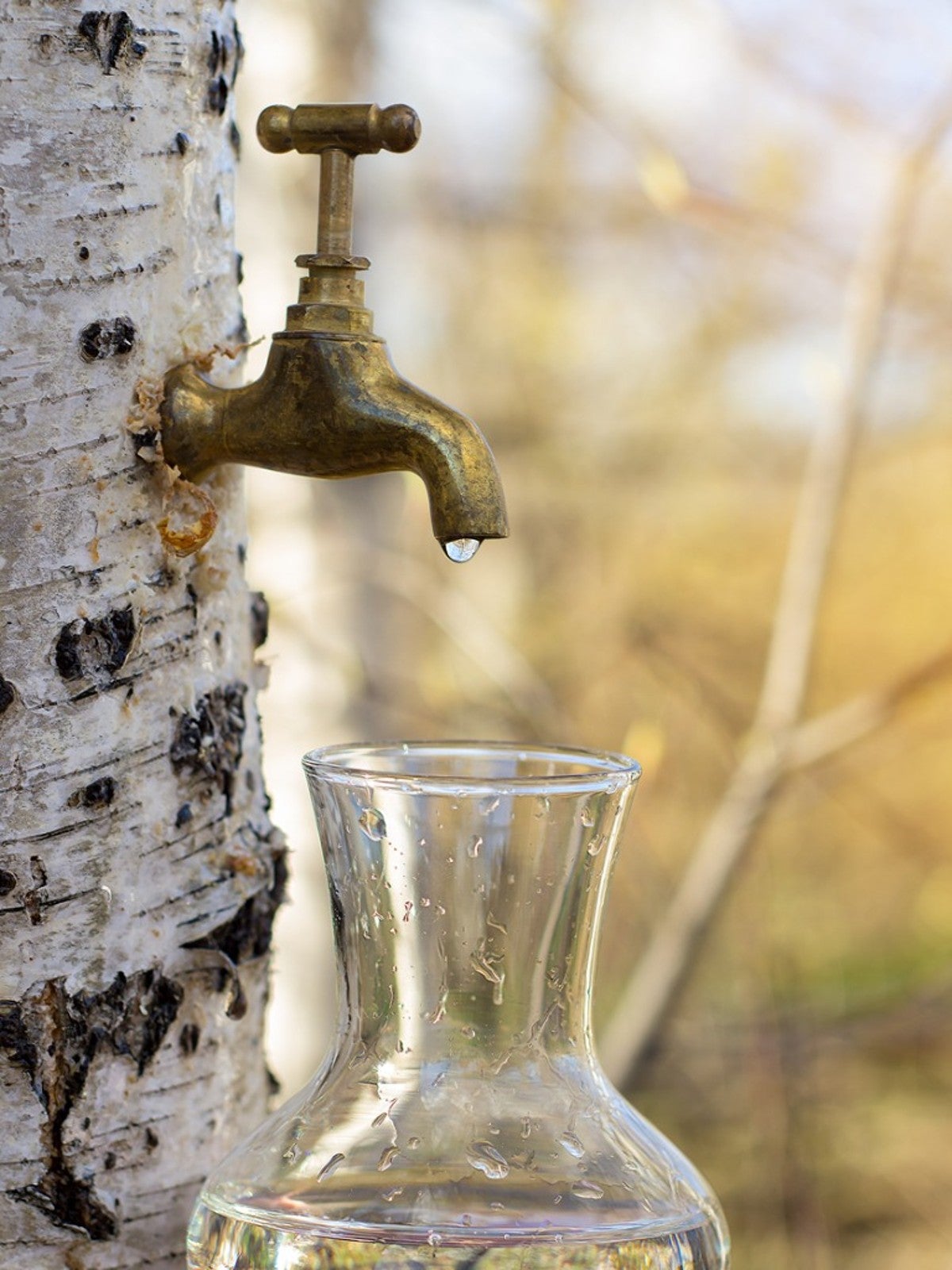 How To Tap Birch Trees: Birch Syrup And Other Uses For Birch Sap
How To Tap Birch Trees: Birch Syrup And Other Uses For Birch SapDid you know you can make birch syrup? Read on to learn about birch sap harvest for syrup and other birch sap uses.
-
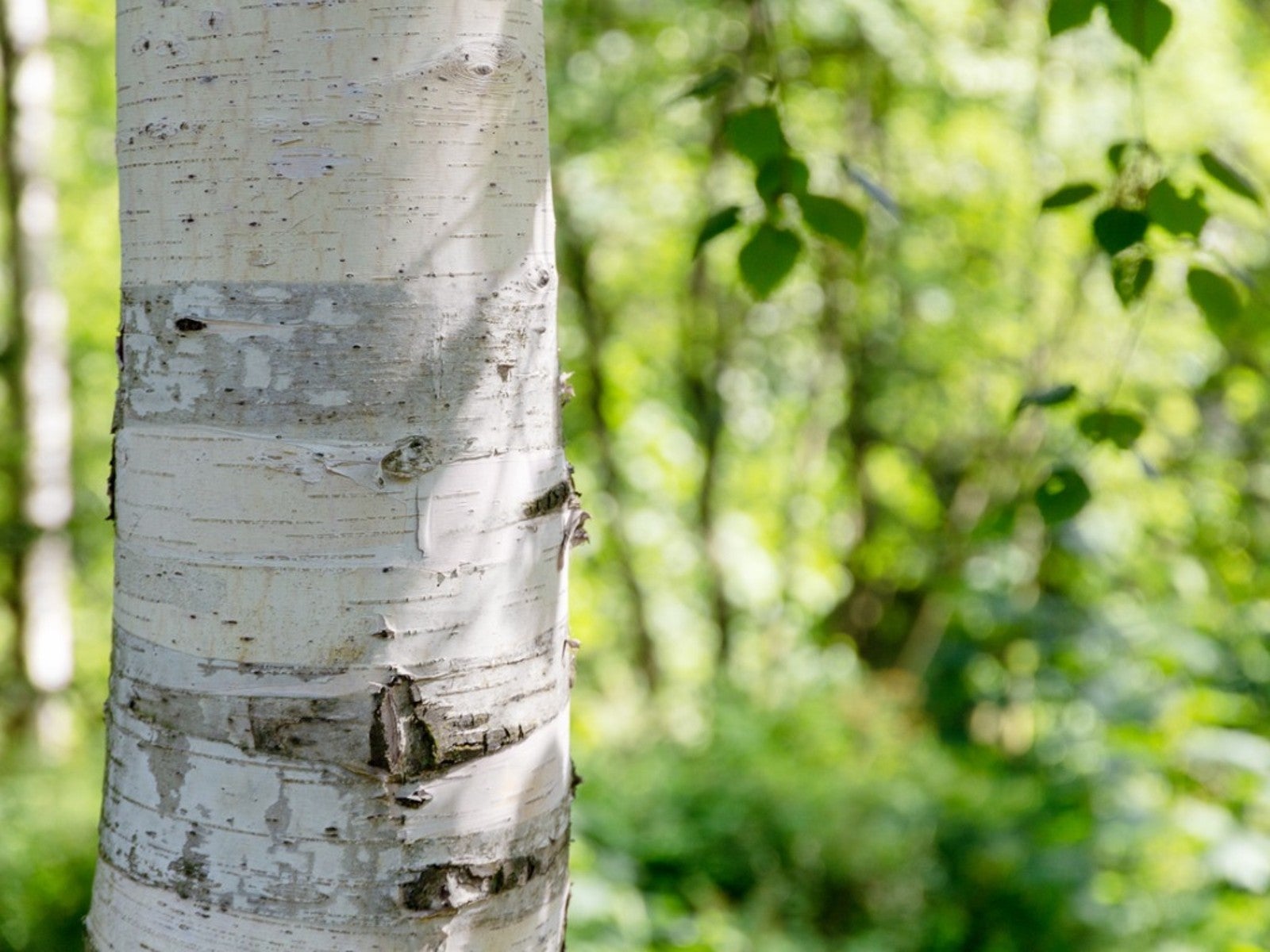 The Right Way To Peel Birch Bark - Sustainable Harvesting Tips And Techniques
The Right Way To Peel Birch Bark - Sustainable Harvesting Tips And TechniquesLearning more about paper birch bark can help gardeners and crafters to better understand the tree’s significance, as well as help to ensure that birch plantings within the home landscape are kept thriving.
-
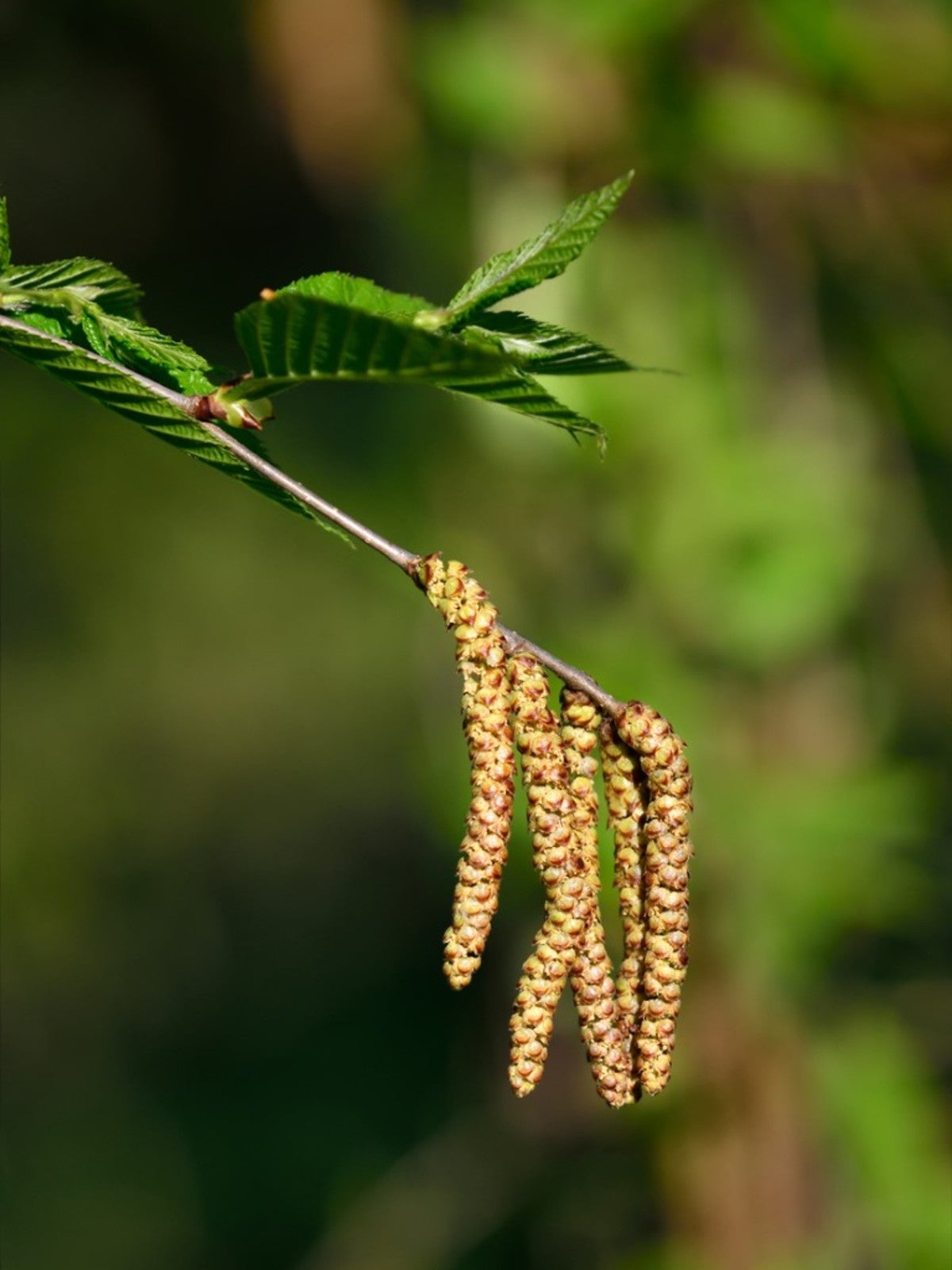 What Is A Sweet Birch – Learn About Sweet Birch Trees
What Is A Sweet Birch – Learn About Sweet Birch TreesIf you’d like to learn more about sweet birch trees, read on. We’ll give you sweet birch tree facts as well as growing information.
-
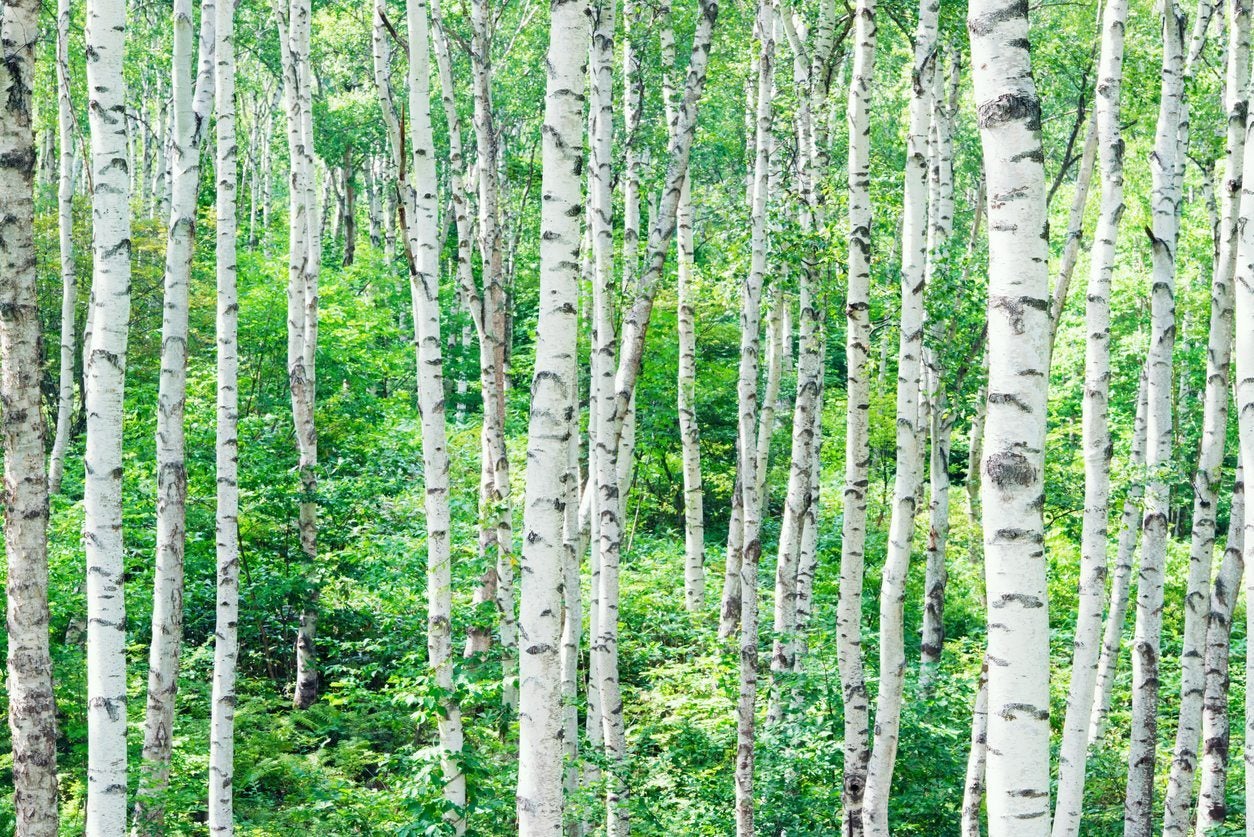 Birch Tree Lifespan: How Long Do Birch Trees Live
Birch Tree Lifespan: How Long Do Birch Trees LiveHow long do birch trees live? The birch tree lifespan depends upon where the tree is growing. For more information about factors that affect the life of a birch tree, click on the article that follows to learn more.
-
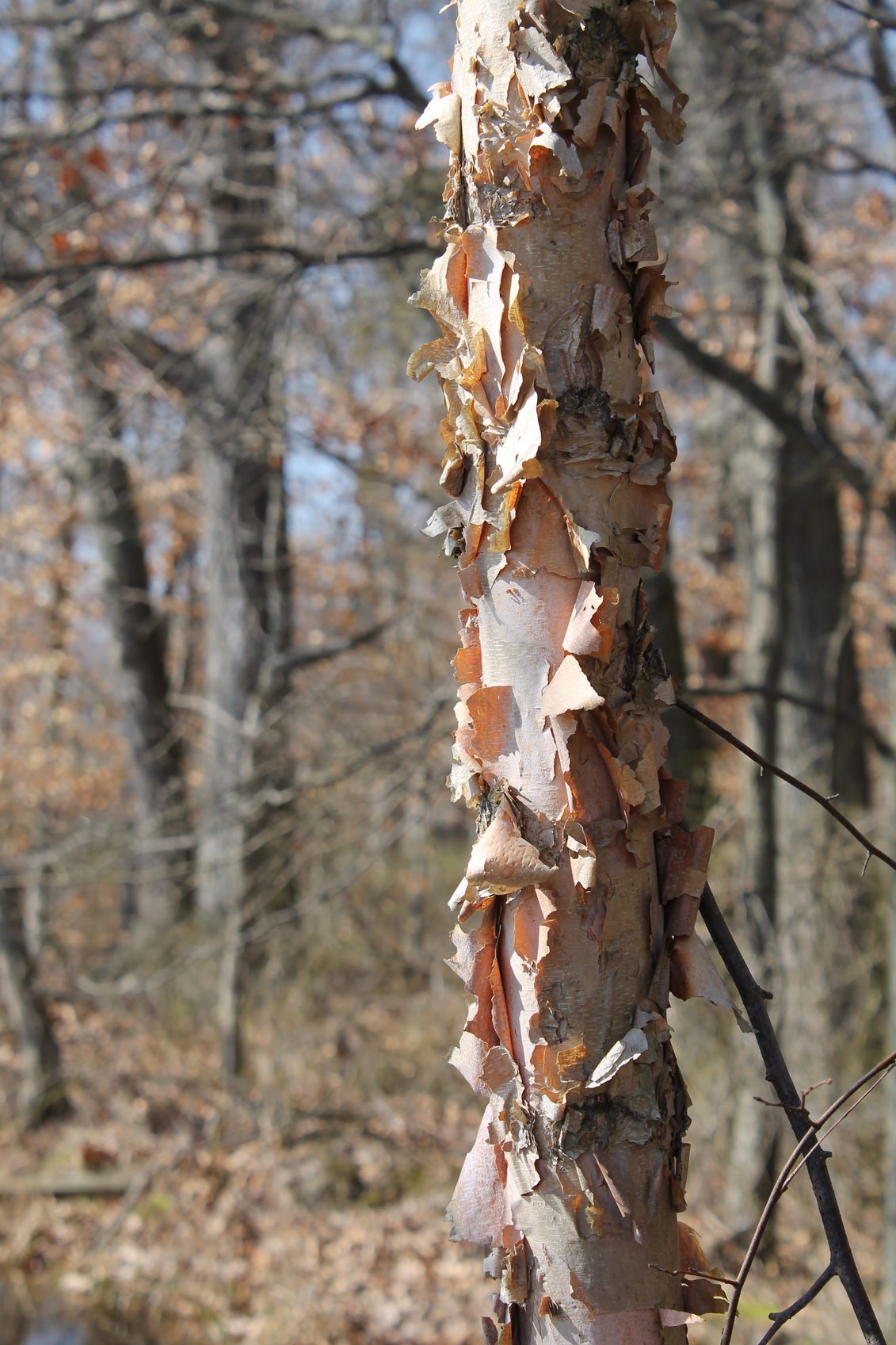 Planting A River Birch Tree: Tips On River Birch Tree Growing
Planting A River Birch Tree: Tips On River Birch Tree GrowingThe river birch is a popular tree for river banks and wet parts of the garden. Its attractive bark is especially striking in the winter when the rest of the tree is bare. Learn more river birch tree facts and how to use them in the landscape of your home right here.
-
 Cutting Back Birch Trees: How And When To Prune Birch Trees
Cutting Back Birch Trees: How And When To Prune Birch TreesBirch trees are highly desirable landscape trees because of their beautiful bark and graceful foliage. Unfortunately, they aren't known for their long lifespan. You can improve their chances by pruning birch trees properly, and this article will help.